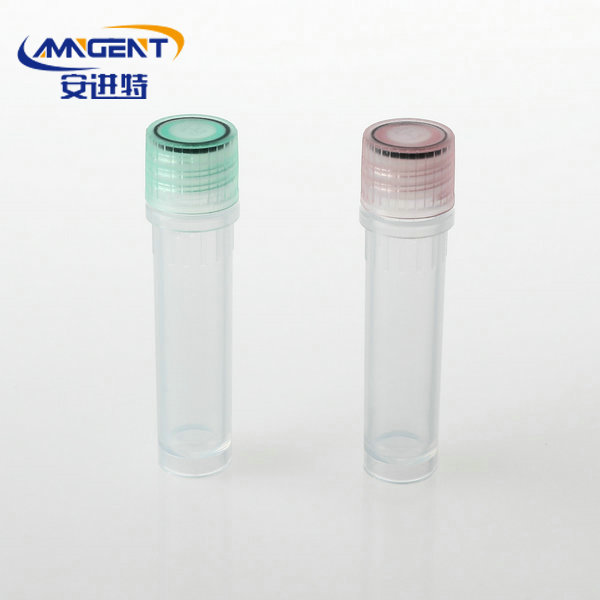Maintenance of laboratory burettes
Date:2022-08-04 15:37:31 Thursday
Summary:The burette is a measuring glass instrument that can release an unfixed amount of liquid. It is mainly used for measuring the volume of titrant in titration analysis. Can be accurate to 0.01mL. The burette with a glass piston is an acid burette, and ......
The burette is a measuring glass instrument that can release an unfixed amount of liquid. It is mainly used for measuring the volume of titrant in titration analysis. Can be accurate to 0.01mL. The burette with a glass piston is an acid burette, and the burette with a rubber tube with a glass ball inside is a basic burette. Acid and basic burettes cannot be mixed. Acid burettes contain acidic substances and most neutral substances (especially strong oxidants), and basic burettes contain alkaline substances (including alkalis and alkaline salts). Check whether the burette is used before use. Leakage, if there is water leakage, the piston should be re-coated with Vaseline oil.
 Before filling the solution, rinse it with washing solution and water in turn, and rinse the burette with the solution to be filled. Pour in the working solution until it is full above the zero mark. Pay attention to check whether the outlet tube of the burette is filled with the solution, and if there are air bubbles, carry out the bubble removal operation. When adjusting the liquid level, keep the liquid level at a certain scale below "0" or "0". When performing titration, the burette should be clamped vertically on the burette clamp. If a basic burette is used, the thumb and index finger should pinch the latex tube beside the glass bead. Do not pinch the glass bead, nor move it up and down.When titrating, it should be added drop by drop continuously. When approaching the end point, only one drop or half a drop should be added until the solution has obvious color change. When reading, hold the upper part of the burette without scale, keep the burette vertical, look at the concave liquid surface of the solution, and read the second digit after the decimal point, that is, it is estimated to be 0.01mL. After the titration is completed, the remaining solution in the tube should be discarded, and it should not be poured back into the original bottle. Immediately clean the burette and hang it upside down on the iron stand.
Before filling the solution, rinse it with washing solution and water in turn, and rinse the burette with the solution to be filled. Pour in the working solution until it is full above the zero mark. Pay attention to check whether the outlet tube of the burette is filled with the solution, and if there are air bubbles, carry out the bubble removal operation. When adjusting the liquid level, keep the liquid level at a certain scale below "0" or "0". When performing titration, the burette should be clamped vertically on the burette clamp. If a basic burette is used, the thumb and index finger should pinch the latex tube beside the glass bead. Do not pinch the glass bead, nor move it up and down.When titrating, it should be added drop by drop continuously. When approaching the end point, only one drop or half a drop should be added until the solution has obvious color change. When reading, hold the upper part of the burette without scale, keep the burette vertical, look at the concave liquid surface of the solution, and read the second digit after the decimal point, that is, it is estimated to be 0.01mL. After the titration is completed, the remaining solution in the tube should be discarded, and it should not be poured back into the original bottle. Immediately clean the burette and hang it upside down on the iron stand.
